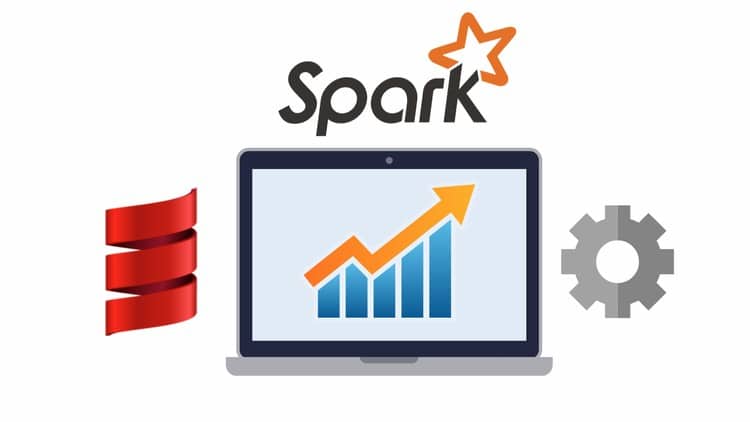As an aspiring Data Scientist, you must be aware of the fact that Apache Spark is one of the big data engines that is making a lot of buzzes these days. The simple reason behind this popularity is its incredible ability to process real-time streaming data.
Spark is extremely useful for Hadoop developers and can be an irreplaceable tool for someone who wants a rewarding career as a Big Data Developer or Data Scientist. Apache Spark as an open-source cluster computing system runs in Standalone, YARN, and Mesos cluster manager and accesses data from Hive, HDFS, HBase, Cassandra, Tachyon, and any Hadoop data source.
Although Spark is known to provide high-level API in different coding languages including Scala, Java, Python and R, Scala is often the preferred language by developers since the Spark framework is written using Scala programming language.
IMAGE: PEXELS
Some Of The Most Exciting Features Of Apache Spark Include:
- It is equipped with machine learning abilities.
- Can support many languages.
- Runs much faster than Hadoop MapReduce.
- Can perform advance analytics operations.
Despite having these capabilities, there are instances where you can often get stuck in situations that arise due to inefficient codes written for applications. Even though Spark code is easy to write and read, users often run into issues of slow performing jobs, out of memory errors, and more.
Fortunately, most of the problems with Spark are related to the approach we take when using it and can be easily avoided. Here, we discuss the top five mistakes you can avoid while writing Apache Spark and Scala applications.
1. Make Sure To Not Let The Jobs Slow Down
During the times when the application is shuffled, it usually takes a long time (around 4-5 hours) to run, making the system extremely slow. What you need to do here is remove the isolated keys and use accumulation which will decrease the data used. Doing this, we can save a huge amount of information from being shuffled.
This is, in fact, one of the most common mistakes users commit. Doing an industry recognized Apache Spark and Scala training can be of huge help in avoiding such mistakes so you can get ahead in your career as a big data scientist.
2. Manage DAG Carefully
DAG controlling mistakes are quite common while writing Spark applications. A comprehensive apache spark course from a renowned service provider can be helpful in avoiding such mistakes. This course teaches you to:
- Stay away from shuffles to the maximum extent.
- Try to lower the side of maps.
- Do not waste time in Partitioning.
- Keep away from Skews and partitions.
- Use reducebykey instead of groupbykey as much as possible since groupbykey contains large data as compared to its counterpart.
- Always use TreeReduce instead of Reduce since TreeReduce does much more work in comparison to the Reduce on the executors.
3. Avoid The Mistake Of Not Maintaining The Required Size Of The Shuffle Blocks
One of the strangest reasons for application failure is related to Spark shuffle (a file written from one Mapper for a Reducer). Generally, a Spark shuffle block should not be more than 2 GB. If the shuffle block size exceeds this 2GB limit, there will be an overflow exception.
The reason behind this exception is the fact that Spark uses ByteBuffer for blocks Spark SQL with the Default number of partitions when shuffles are 200. Apache Spark and Scala training provide a simple solution to avoid this mistake which is to reduce the average partition size using coalesce (). It helps in filtering the large data sets thereby running operations smoothly.
4. Avoid The flatMap-join-groupBy Pattern
If you wish to join two datasets which are already grouped by key, use cogroup rather than using flatMap-join-groupBy pattern. This logic is the fact that it helps in avoiding the overhead associated with unpacking and repacking of groups.
5. Do Not Neglect Serialization
Serialization plays an important role in distributed applications. A Spark application is needed to be tuned up to serialization for achieving best results. Serializers such as Kryo should be used for this purpose.
The Way Ahead
If you’re passionate about making a career in the big-data field, enrolling for an Apache Spark and Scala course can help in avoiding the above-mentioned mistakes and allow you to build a strong, reliable, and an efficient application using Apache Spark and Scala.
If you are interested in even more app-related articles and information from us here at Bit Rebels, then we have a lot to choose from.


COMMENTS